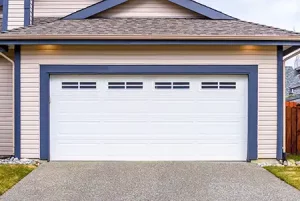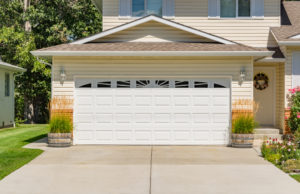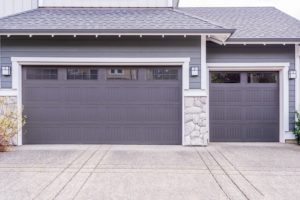Types of Seals Used in Garage Door Weather Stripping!
Weatherstripping has a wide range of applications, but its primary purpose is to retain heat during the winter and to keep cold air in during the summer. If you are looking into insulating your garage door from heat and cold, weatherstripping is your easiest and most cost-effective choice to do so. Weather seals are installed on the bottom and critical corners of garage doors to prevent drafts and stop heat leaks in the garage. It can also be used as a sound, water, and pest repellent. Weatherstripping is simple enough for a do-it-yourself project, but you must understand the different weatherstripping products for garage doors.
Garage Door Bottom Seal
The garage door bottom seal is a long rubber or vinyl strip that you can fasten to the bottom of your garage door. The flexible material flattens when the door is shut, sealing the gap between the door and the floor and keeping water, debris, cold drafts, and insects out. Bottom seals are easy to install and come in a variety of sizes to seal gaps of varying heights. U-shaped weather stripping can easily seal large gaps caused by sinking or damaged floors.
Steel garage doors usually come with U-shaped rubber gaskets (sometimes called a T-style or astragal seal) that slide into two small tracks on an aluminum channel on the bottom of the door. Wood garage doors typically have simple strip-style seals with angled edges installed on the door’s bottom with galvanized or aluminum roofing nails. If you have a wood door, you can use this type of gasket by installing a metal gasket channel into the door’s bottom.
Garage Door Threshold Seal
A threshold seal works just like the bottom seal, except it is mounted on the floor rather than the door. Threshold seals are made of high-quality vinyl and can last longer than other door seals. They can be used by itself or in tandem with a bottom seal. It is recommended to have a threshold seal if your driveway slopes down into the garage, as it can keep surface water out during a downpour. If you have an uneven garage door floor, you can use a threshold seal to fill the huge space beneath a door.
Take note that threshold seals will also block water that comes from within the garage. Unless you have water drains, having a threshold seal is a problem if you like washing the floor of your garage, and it also makes sweeping dirt and debris out of the garage more difficult.
Garage Door Stop Weather Seals
Drafts and rainwater can also seep into the garage through the garage door’s sides and top. One solution to this is to install the door stop molding attached to the door jamb with rubber or vinyl weather stripping. You can purchase doorstop weather in rolls that can be cut to length with a utility knife and installed with galvanized nails or screws. The weatherstripping’s door-side flange should press against the door to produce a good seal.
Garage Door Panel Weather Seals
Garage door panel weather stripping is V-shaped seals used to fill in the spaces between each door panel. This is especially useful on older wood doors with flat edges on the panels (newer steel and fiberglass doors usually have interlocking panels). When the door shuts, the panels compress the rubber seals to form a tight seal, similar to typical house entry doors with weather stripping.
Titan Garage Doors WI offers professional garage door installation, garage door repair, and garage door maintenance services to homes and businesses in the greater Madison, WI area. We install or replace all types of garage door weather stripping. Contact us at (608) 960-7799 for free estimates on our garage doors Madison products and services.



